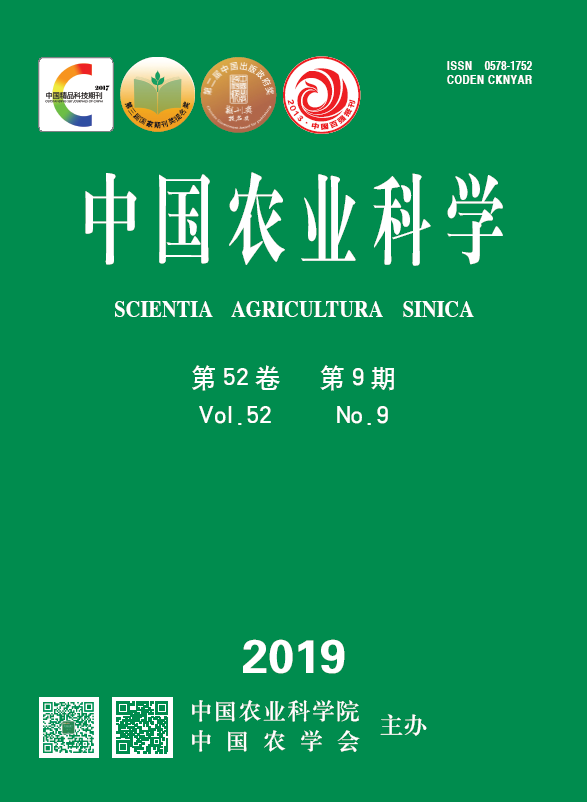【Objective】The correlation between heterosis and genetic distance (GD) of quantitative traits between parents was analyzed by 1500 hybrid combinations in upland cotton, and the possibility of using GD between parents of large-scale combinations to improve the efficiency of hybrid vigour prediction of upland cotton was discussed in order to provide theoretical guidance for cotton hybrid breeding and utilization of heterosis.【Method】305 upland cotton core collections from 15 countries and 23 provinces (municipalities) of China were selected as parents, and 1500 cross combinations were produced by L×T (Line×Tester) cross design. From 2012 to 2013, ten yield and fiber quality related traits, including plant height (PH), boll weight (BW), boll number per plant (BN), lint percentage (LP), fiber length (FL), fiber strength (FS), fiber elongation (FE), fiber length uniformity (FU), micronaire (MIC) and spinning consistent index (SCI), were investigated in 13 ecological conditions in north and south China. F1 hybrids mid-parent heterosis (MPH), heterobeltiosis (HB), GD between parents and population structure were analyzed. The correlation between GD and hybrid vigour was calculated by four schemes (Cor1-Cor4). 【Result】The mean values of MPH of the ten traits ranged from 1.70% to 7.40%, with an average of 4.36%, and F1 hybrids were divided into 5 groups (A-E) according to different male parents, the mean values of MPH: A>E>B>C>D. The mean values of HB ranged from -4.17% to 1.87%, with an average of -0.17%, and the average values of group A, B, and E were positive. In 5 groups, except for MIC of group D and E, other 9 traits had obvious MPH, among them, MPH of BW and FL were mainly positive (more than 80%) in the 5 groups, the maximum MPH values were 34.01% and 9.83% respectively, and the corresponding HB values were 24.25% and 5.80% respectively. The significant difference analysis between F1 hybrids and their parents indicated that BW, PH, FL, FE, and FU showed some HB. The GDs between male parents (testers) and 300 female parents ranged from 2.280 to 61.430, with an average of 21.550. The mean GDs between 5 testers and female parents: D>C>E>A>B, in which the nearest value was 11.721, and the farthest value was 33.271. According to “Ward” clustering method, 305 upland cotton parents were divided into two groups, including five subgroups. The results of four correlation analysis methods between GD and heterosis showed that the consequences varied with the sample size, the range of GD, and the male parent, the correlation increased with the sample size. Cor1 was the overall embodiment of Cor2 results; compared with Cor1 and Cor2, Cor3 had different correlations between MPH and GD in some traits; Cor4 had the weakest correlations. To sum up, the genetic distance was positively correlated with the MPH of LP, FS, FU, and SCI, the correlation between GD and MPH of other traits was different due to the different analysis schemes. In the four schemes, except for FU, the relationship between GD and HB was negatively correlated on the whole, and there was a strong correlation between genetic distance and HB of MIC, FL and LP. 【Conclusion】There is a linear relationship between GD of quantitative traits and hybrid vigour in upland cotton. The correlations are positive or negative, strong or weak due to different traits, and the larger the sample size, the stronger the correlation. Thus, the large-scale hybrid combinations are used to well study the relationship between GD and heterosis in upland cotton.









